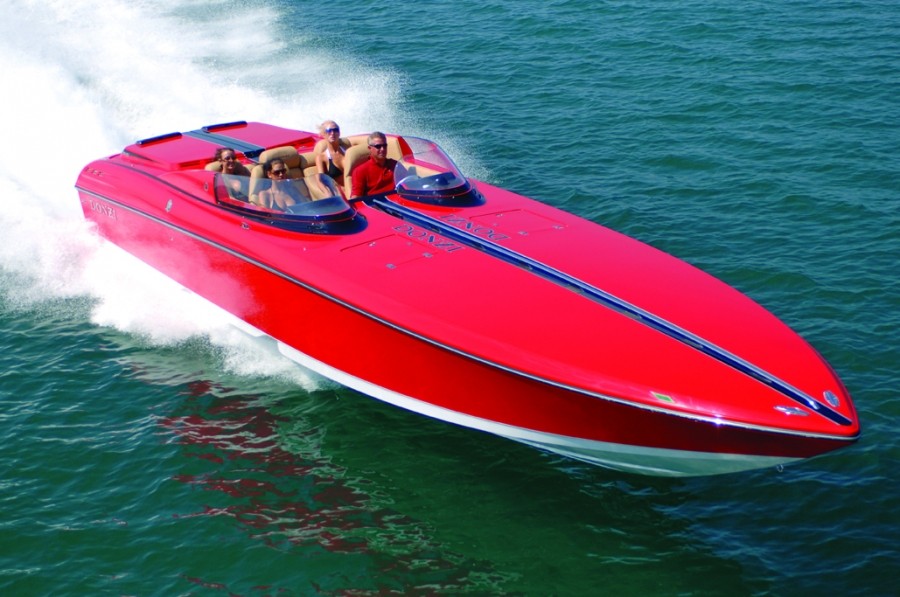Boating collision regulations. an important part of being a smart boater is realizing your right-of-way when you’re out on the water. the collision regulations govern the rules that prevent collisions on oceans and inland waterways.these rules apply to all vessels and to all waters in canada.. The leeward boat has right-of-way, and the windward boat has to keep clear, or give way. which boat is the leeward boat? if you said the boat on the left, you were correct. figure 8-3 shows the opposite tack rule. the starboard tack boat is the stand-on vessel and has the boating right-of-way. the port tack boat has to keep clear or give way.. You need to stay out of its way,” says fogarty, who suggests staying to the right of the boat you are overtaking, if possible. rule 14, head-on: “each vessel is supposed to turn to starboard and leave the other boat on its port side,” says fogarty..
When in boating traffic, you can determine who has the right-of-way by figuring out each boat’s position relative to the other on the water using the ‘sectors’ of navigation. the sectors of navigation include: the port sector, the starboard sector and the stern sector.. As a general rule, rowboats, sailing vessels and canoes have the right-of-way over power- driven boats. however, if one vessel is unable to maneuver as it normally would, the most maneuverable vessel gives way..

